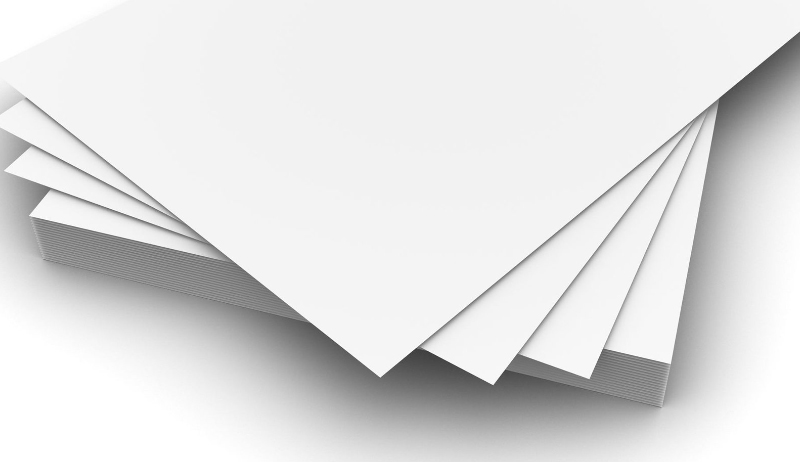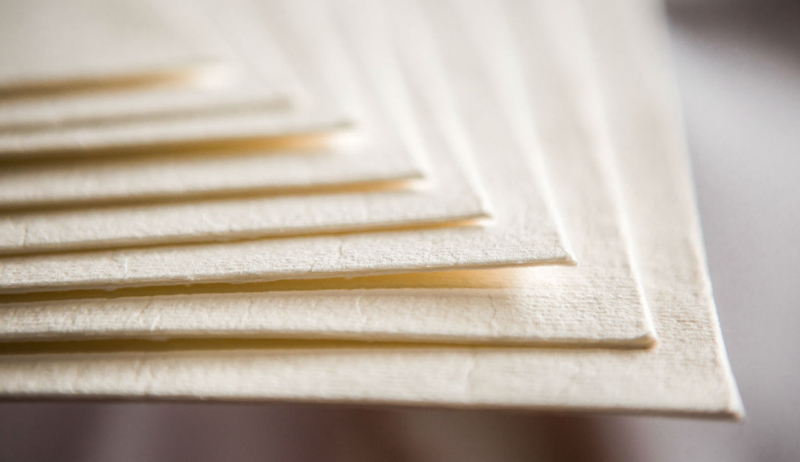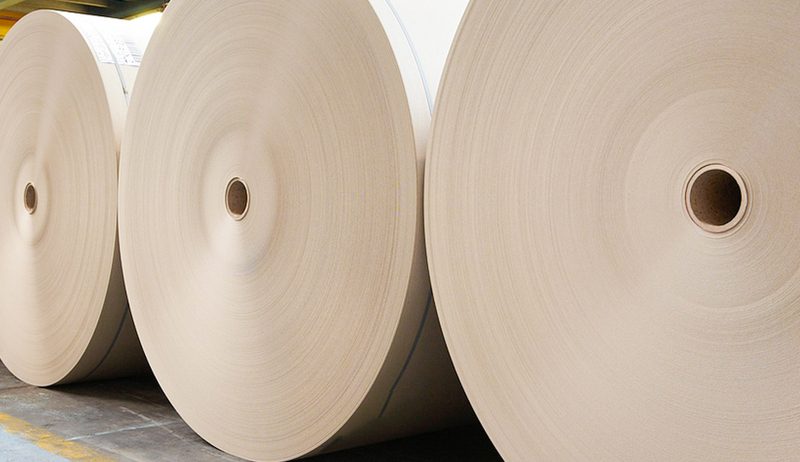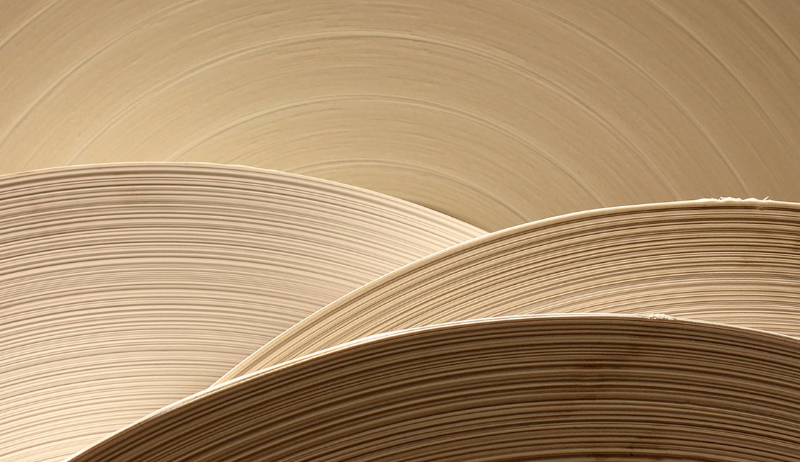Recycling methods and technologies for E+Series PP/PE Coated Kraft Paper
I. Preparation before recycling
1. Material identification and classification
E+Series PP/PE Coated Kraft Paper needs to be accurately identified and classified. This material usually has a specific logo or label to distinguish it from other types of paper or plastic. During the recycling process, it should be ensured that such materials are separated from other types of paper, plastic, etc. to avoid contamination and reduce the quality of recycling.
2. Cleaning treatment
Before recycling, E+Series PP/PE Coated Kraft Paper should be cleaned. This includes removing impurities such as dirt, grease, and tape residues on the surface. Cleaning treatment helps to improve the purity and quality of the recycled materials, thereby increasing their reuse value.
II. Recycling methods and technologies
1. Mechanical recycling method
Mechanical recycling method is one of the main methods for recycling E+Series PP/PE Coated Kraft Paper. This method separates paper fibers from plastic coatings by physical means, and then reuses them separately.
Crushing and grinding: First, the recycled E+Series PP/PE Coated Kraft Paper is crushed and broken into smaller pieces using a crusher. Then, the pieces are further refined into fibrous powder using a grinder. This step facilitates the subsequent separation and purification process.
Separation technology: Next, physical methods (such as screening, air separation, flotation, etc.) are used to separate the paper fibers from the plastic coating. Screening can separate according to particle size; air separation uses aerodynamic principles to separate according to different material densities; flotation uses the difference in buoyancy of materials in water to separate. These separation technologies can ensure the effective separation of paper fibers and plastic coatings, providing high-quality raw materials for subsequent reuse.
Recycling: The separated paper fibers can be used to make new packaging materials, cardboard, etc.; while the plastic coating can be further processed to make plastic products or other composite materials. These recycled materials may be slightly inferior to virgin materials in performance, but they still have broad application prospects.
2. Chemical recycling method
Chemical recycling method is a method of separating and reusing paper fibers and plastic coatings in E+Series PP/PE Coated Kraft Paper through chemical reactions.
Dissolution and separation: First, use a specific solvent to dissolve E+Series PP/PE Coated Kraft Paper. The choice of solvent should be determined according to the chemical properties of paper fibers and plastic coatings. After dissolution, the paper fibers and plastic coatings are separated by chemical methods (such as precipitation, extraction, etc.). This step requires strict control of reaction conditions and operating procedures to ensure separation effect and material quality.
Purification and reuse: The separated paper fibers and plastic coatings need to be purified to remove residual solvents and other impurities. The purified materials can be used to manufacture new products, such as paper, plastic products, etc. It should be noted that the chemical recycling method may produce certain pollutants such as wastewater, waste gas and waste residue, so corresponding environmental protection measures need to be taken for treatment and discharge.
III. Environmental protection measures during the recycling process
During the recycling process of E+Series PP/PE Coated Kraft Paper, corresponding environmental protection measures should be taken to ensure environmental safety and human health.
Wastewater treatment: Wastewater generated during the recycling process should be purified before being discharged. Purification can be carried out by physical, chemical or biological methods to ensure that harmful substances in the wastewater are effectively removed.
Waste gas treatment: Waste gas generated during the recycling process should be treated by dust removal, desulfurization, denitrification and other treatments before being discharged. These treatment measures can significantly reduce the content of harmful substances such as particulate matter, sulfur dioxide, nitrogen oxides, etc. in the waste gas.
Waste residue treatment: Waste residue generated during the recycling process should be properly handled. For reusable waste residue, it can be used to manufacture new products or reused as raw materials; for non-reusable waste residue, it should be safely landfilled or incinerated, and ensure that it meets relevant environmental protection standards and requirements.



 English
English Español
Español











